How Is Over-irrigation Damaging to Soil?
Homeowners often think that there’s no such thing as too much irrigation. However, any excess can have harmful consequences, and this goes for irrigation as well. Over-watering can hurt soil in many ways, but how exactly does this happen?
This article will explain how over-irrigation can damage the soil.
Why does over-irrigation harm soil?
In their efforts to avoid damage caused by droughts, farmers tend to increase the irrigation they usually use for their crops. This increase acts as an insurance policy against droughts since it provides the crops with enough water to endure troublesome periods.
But going overboard with irrigation hurts the soil. Over-watering increases the moisture in the crops’ active root zone over the field capacity. Field capacity refers to the amount of water crops can hold. Any additional moisture over this limit starts draining out of the crops’ root zone, depriving the crops of water and extracting valuable nitrogen.
One of the most damaging repercussions of over-irrigation is the increase in the soil’s salinity. Naturally, most crops don’t favor salty conditions, which can adversely affect growth.
An important factor in determining the scale of the damage is the soil type. In particular, if the soil doesn’t have proper drainage, the excess water can result in saturated or low-oxygen conditions. Additionally, the nutrient and water uptake is slowed down, depending on how badly waterlogged the crops are. If the waterlogging persists for over two days in the middle of the growing season, the moisture will kill some roots.
What are some other consequences of over-irrigation?
Apart from increased salinity and crossing the field capacity threshold, here are additional adverse effects of over-irrigation:
Rising weed pressure
Lowered yield
Higher pumping costs
Water loss
Nitrogen loss due to denitrification and leaching
Many diseases (e.g., phytophthora crown and root rot and armillaria root rot) can shorten plant lifespans and reduce tree vigor.
Preventing over-irrigation
Thankfully, these consequences can be prevented. However, you need to become familiar with the water storage available to plants in the active root zone. Generally, the storage level stands at about the two top feet for established orchards.
As for annual crops, the active root zone’s depth zone begins at a low level and deepens afterward. By combining your irrigation system’s water application rate and the water storage available to the active root zone, you can figure out how long the soil can be irrigated before leaching begins. Usually, making sure that irrigation takes place more frequently but lasts for shorter periods will prevent over-irrigation
Don’t go overboard
Nowadays, agricultural technology provides access to numerous irrigation solutions that can facilitate the process. Some technologies can enable you to turn your irrigation valves on and off more easily, limiting the labor involved in the job.
A homeowner can adopt the most recent technological breakthroughs in irrigation by contacting a professional irrigation company.
Springs of Life Irrigation is a Phoenix-area irrigation company specializing in professional sprinkler and drip irrigation and landscape lighting installation and repair. Call 623-299-2996.

